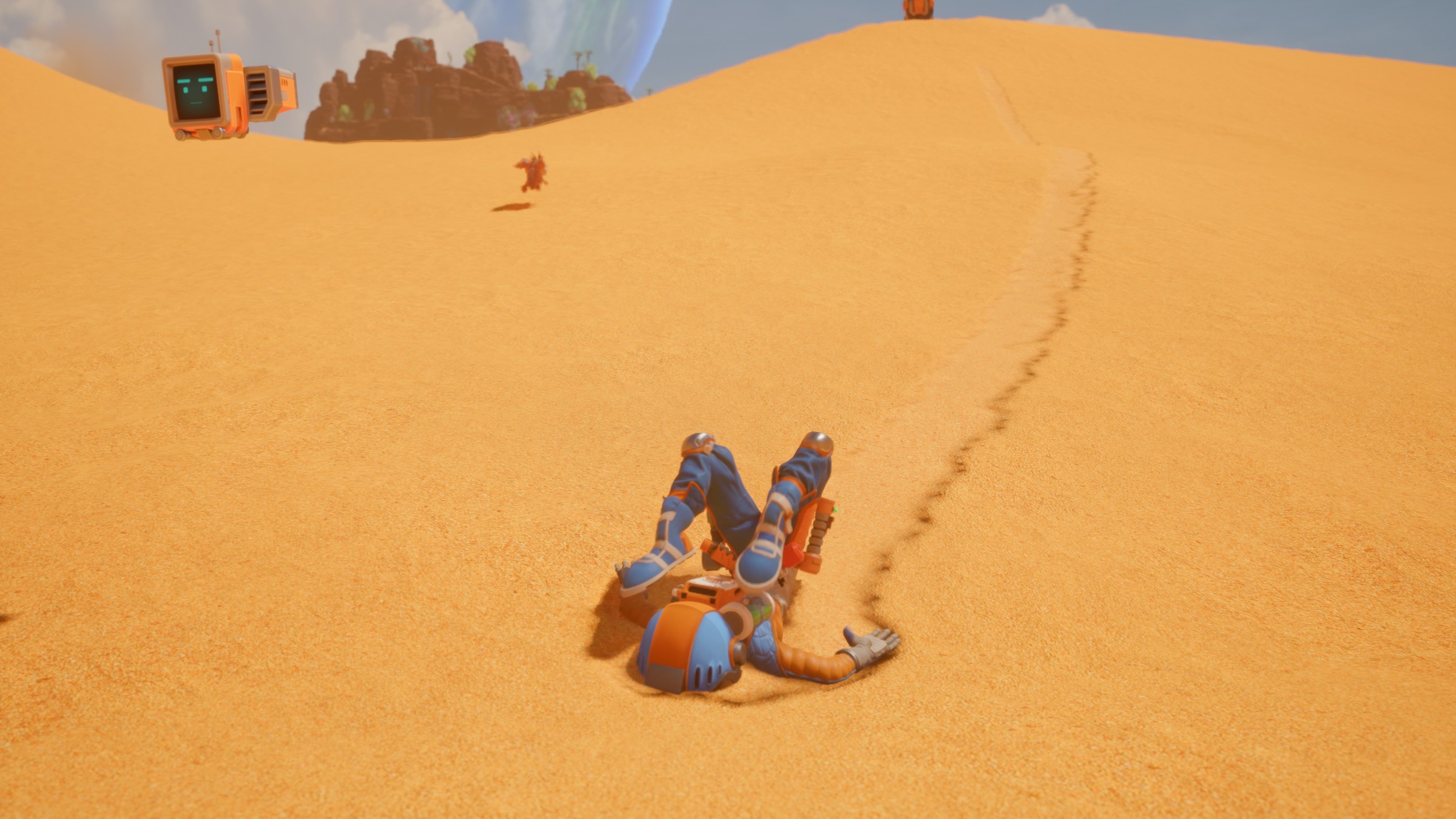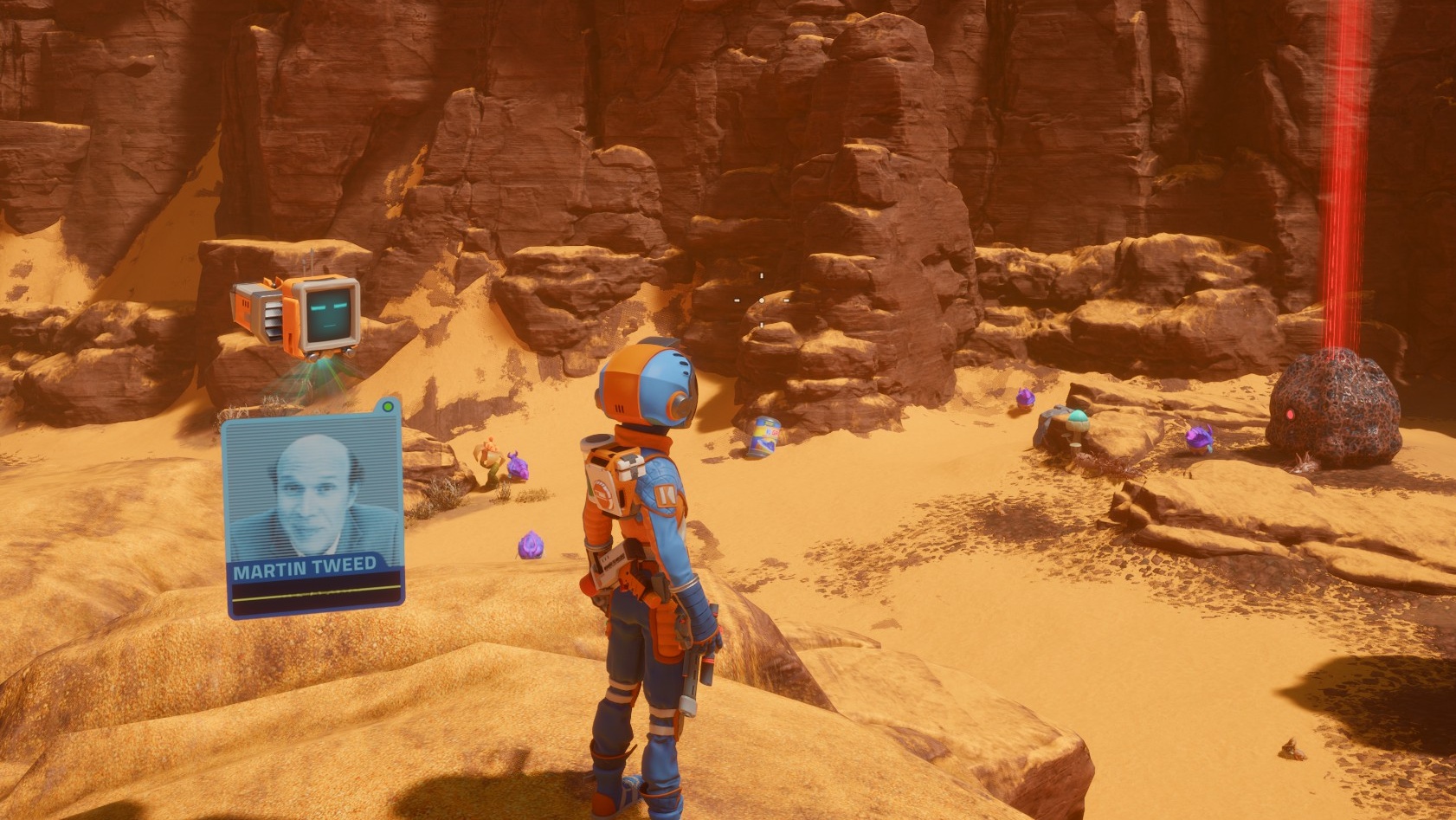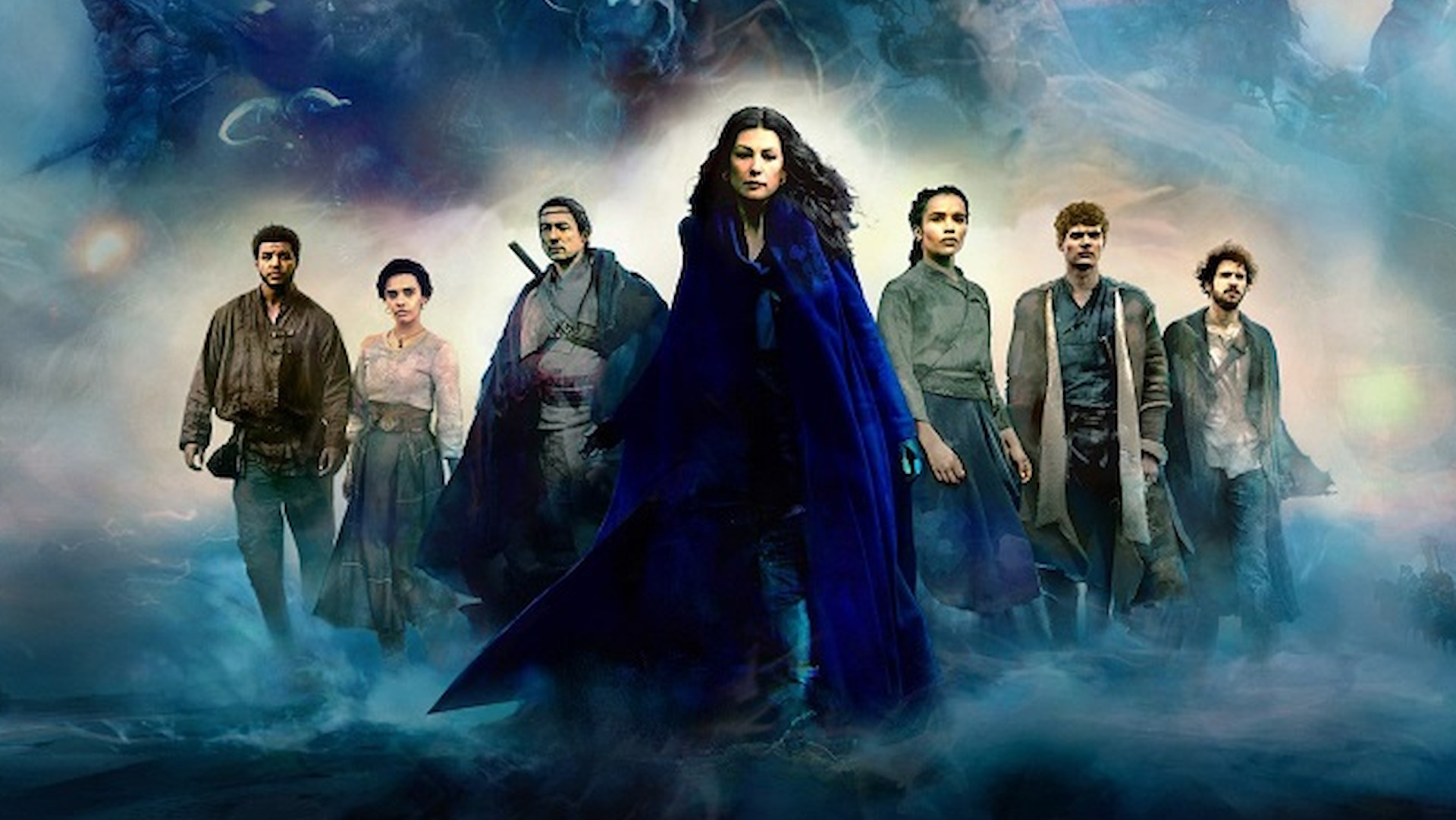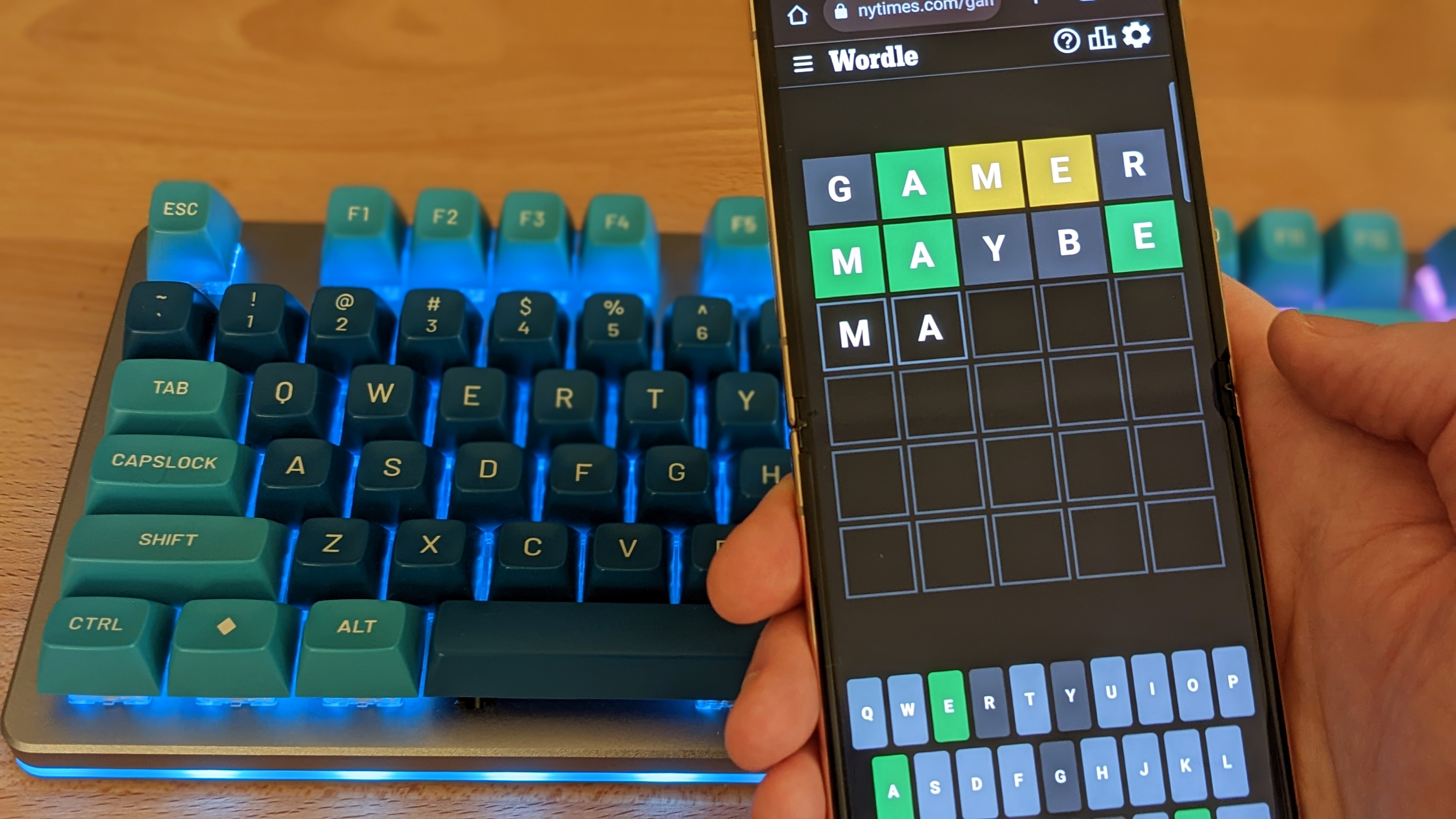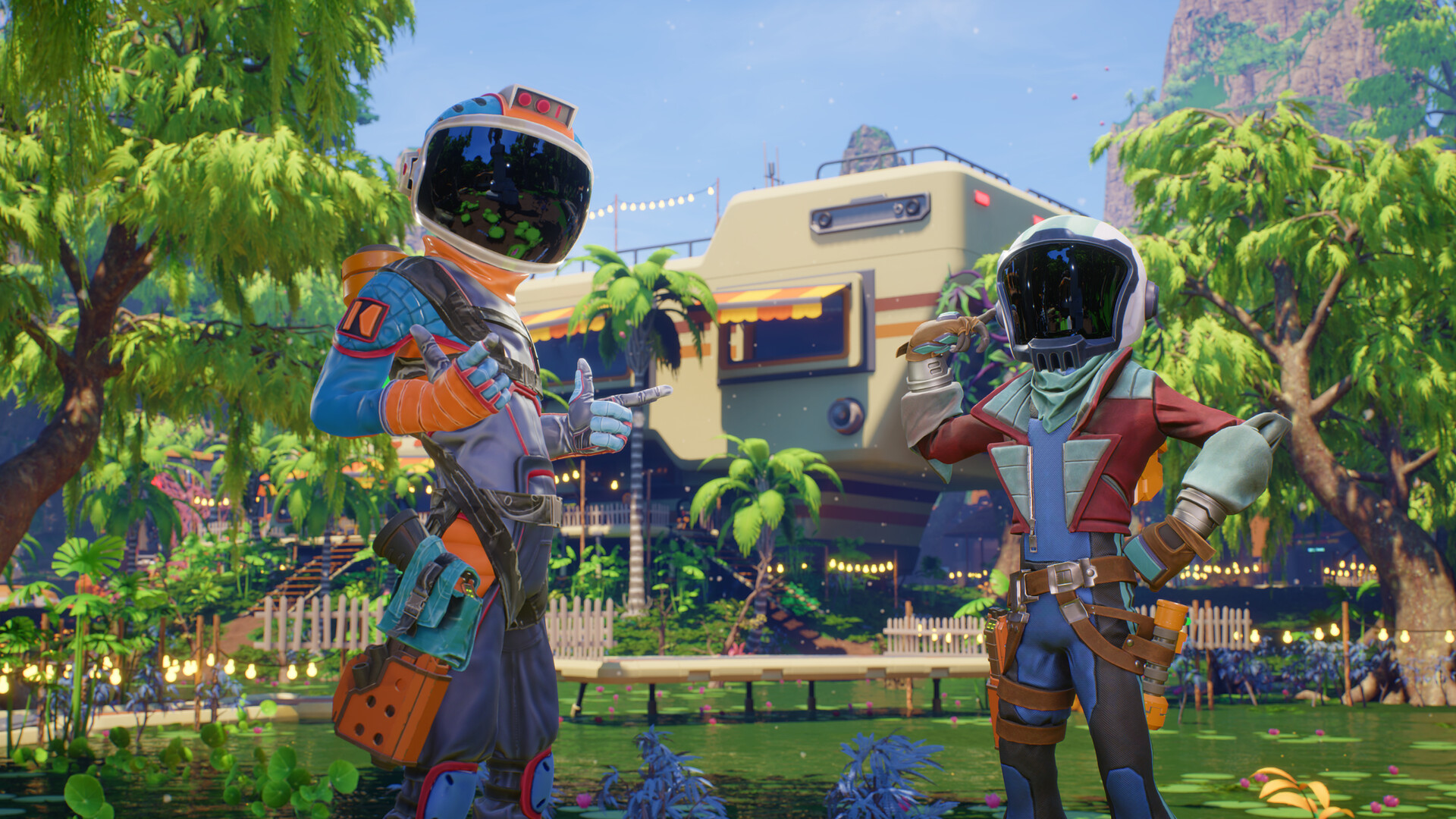
The impressive ecosystem and inventive gadgets are a delight, but they’re spread slightly thin across four planets.
The first thing that hits you is the way your character walks. There you are, excreted out into the furthest reaches of the universe by an uncaring colonisation corporation, made redundant by said corporation immediately upon hitting terra firma and left to scrabble around for scattered survival packages that will allow you to just barely continue existing. And yet you’re swaggering around your new home planet like you’re the luckiest space pioneer ever to be laid off.
What is it? A comedy co-op metroidvania with an impressive ecosystem.
Release date May 8, 2025
Expect to pay $40/£33
Developer Raccoon Logic Studios
Publisher Raccoon Logic Studios
Reviewed on i7 9700K, RTX 2080 TI, 16GB RAM
Steam Deck TBA
Link Official site
That bouncy walk cycle is a great marker of Revenge of the Planet’s endearingly upbeat take on sci-fi and social commentary, and also a great marker of how well realised that tone is throughout each of the game’s component parts. Alex Hutchinson’s Racoon Logic studio seems to have diligently branded every wall texture, creature noise and item upgrade with the same unifying irreverence, creating a satisfying whole that feels a bit like, and only very slightly in an unnerving way, stepping inside the writers’ minds to enjoy a kind of walk-in closet of a joke.
In more material terms, it’s also a very well constructed metroidvania of the same calibre as its predecessor, featuring survival elements, a steady upgrade path, and a brilliant ecosystem of flora and fauna whom you can manipulate to get around, harvest resources and now, troll your co-op buddy relentlessly.
The second thing that hits you is the goo. Great globules of the stuff, everywhere, colour-coded to indicate its various status effects. Some creatures or planets spew it out passively. Others leave gruesome puddles of it when you kill them. Whatever the origins, there’s more gunge laying around on these four planets than a Nickelodeon studio set circa 1996.
And naturally, the first thing you’ll think when you see it and realise that it makes some areas slippy, or on fire, is: I bet I could lay a trap for my co-op companion with this. Personally, I haven’t had this much fun messing about with colour-coded status effects in a co-op game since Divinity: Original Sin, and it’s striking that Racoon Logic hasn’t just ticked the co-op box, but instead really thought about how to make cooperative play fit within the game’s identity as an abdurdist improv comedy sandbox. Yes, it’s important that there’s local/split-screen co-op now, but it’s just as important that I perfected the art of making slippery green goo slopes with lava goo at the bottom, and that my friends repeatedly fell into those traps.
Veterans of 2020’s Journey to the Savage Planet will recognise plenty about this sequel, despite the perspective shift from first to third-person and a newfound emphasis on platforming. Once again there’s the impressive variety of big-eyed, gently cooing creatures who populate the alien landscape, and the ways they can be culled, corralled or fed to giant plants in order to aid your progress. The metroidvania-style backtracking through outlandish landscapes painted in robust colour, and the excitement of figuring out that once you’ve upgraded your jetpack, or whip, or water cannon, now you can clear that obstacle that was blocking your way three hours ago. That joy of exploration, in a vivid ecosystem that seems to be constantly interacting with itself independently of you, is the beating heart of this game—as it was in the last—but structurally the way that exploration happens is quite different.
Before there was just the one titular Savage Planet. As you journeyed through it, one distinct biome gave way to another every few minutes, lending the sense of an epic journey in even a short play session. Then there was the enormous tower at the centre of planet ARY-26, looming large and full of secrets on the horizon at the start of the game. It was an early hook—you absolutely had to know what was at the top of that tower.
Where there was once one planet, now there are four of them. It makes a lot of sense on paper—it’s a sequel, so let’s go bigger—and there is a pleasure to travelling between planets with distinct looks, creature populations and design motifs. But it’s a different, lower-key pleasure than the kind that its predecessor served up on that one, densely packed, varied location.
This isn’t another case of an open-world developer setting you among acres of meaningless empty space, mind you. Each planet retains a hand-crafted feel, built in a patchwork of distinct areas that connect without loading times, and which contain their own hidden secrets, multi-path verticality, and mechanical challenges. Instead, it feels like a developer pushing back the boundaries in order to let you make a bigger mess when you’re playing in co-op.
And it does that well. Even aside from the knack Savage Planet has for serving up opportunities for two of you to combine your tools to apply a status effect to an enemy and then deal damage, there’s also such a variety of objectives that you can divide them up between the two of you and play semi-independently. One heading off to gather silicon while the other hunts for a rare creature to lasso and capture, before you reconvene back at your space trailer and buy a new pinball machine to cheer the place up a bit.
Where all that multi-planetary space feels a bit too spacious is during solo play. I know how that sounds. ‘Co-op game is shockingly less fun alone’. But given how well its predecessor handled both, it’s worth raising.
Even when playing alone, though, many qualities come to the fore here that are genuinely rare to find in modern releases. Not only are your tools and weapons intrinsically fun to use, the resource-hunt to upgrade them doesn’t feel overly grindy and each new level of the upgrade tree gets you thinking about what you can do in the world now.
When you scan objects, plants and creatures, every new description has a turn of phrase that’ll make you smirk, and a tidbit that deepens your understanding of the universe you’re in. Every new video you unlock from your various corporate bosses feels like a treat.
It’s a game that’s spent all its energy on getting its component parts to function well and serve up opportunities for player expression, instead of incentivising a battle pass purchase. How sorely we need games like this in 2025.
It’s also a game with a specific vision for the experience it wants you to have with it, and that’s carefree fun with a friend, not a hardcore solo grind with a second screen full of crafting recipes and boss fight guides. I’d hesitate to say it’s a casual experience, but if you turn up expecting No Man’s Sky with fart jokes you won’t get the mechanical depth you bargained for.
Then again, nobody would look at that walking animation and expect anything other than what Revenge of the Savage Planet delivers.

